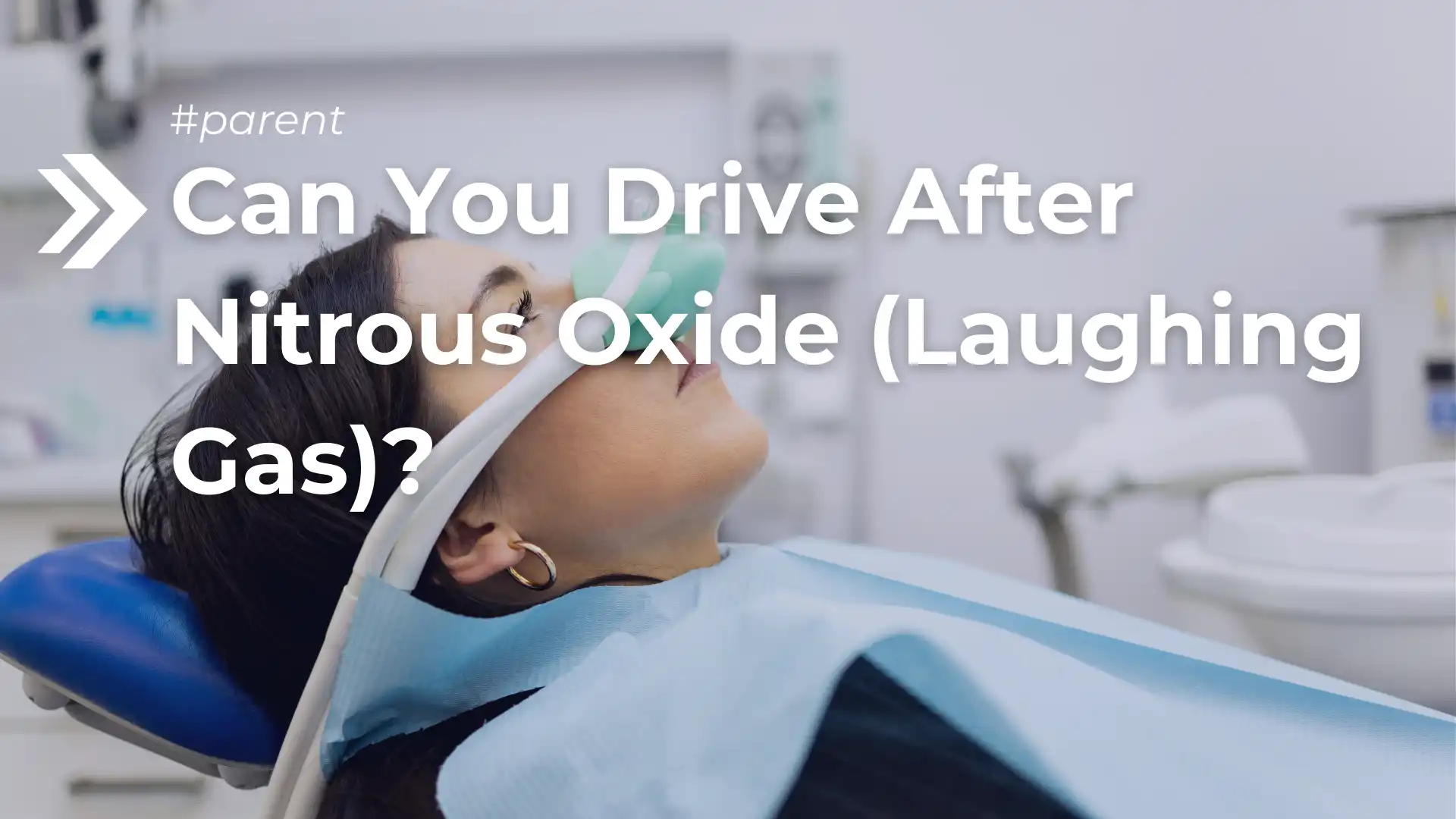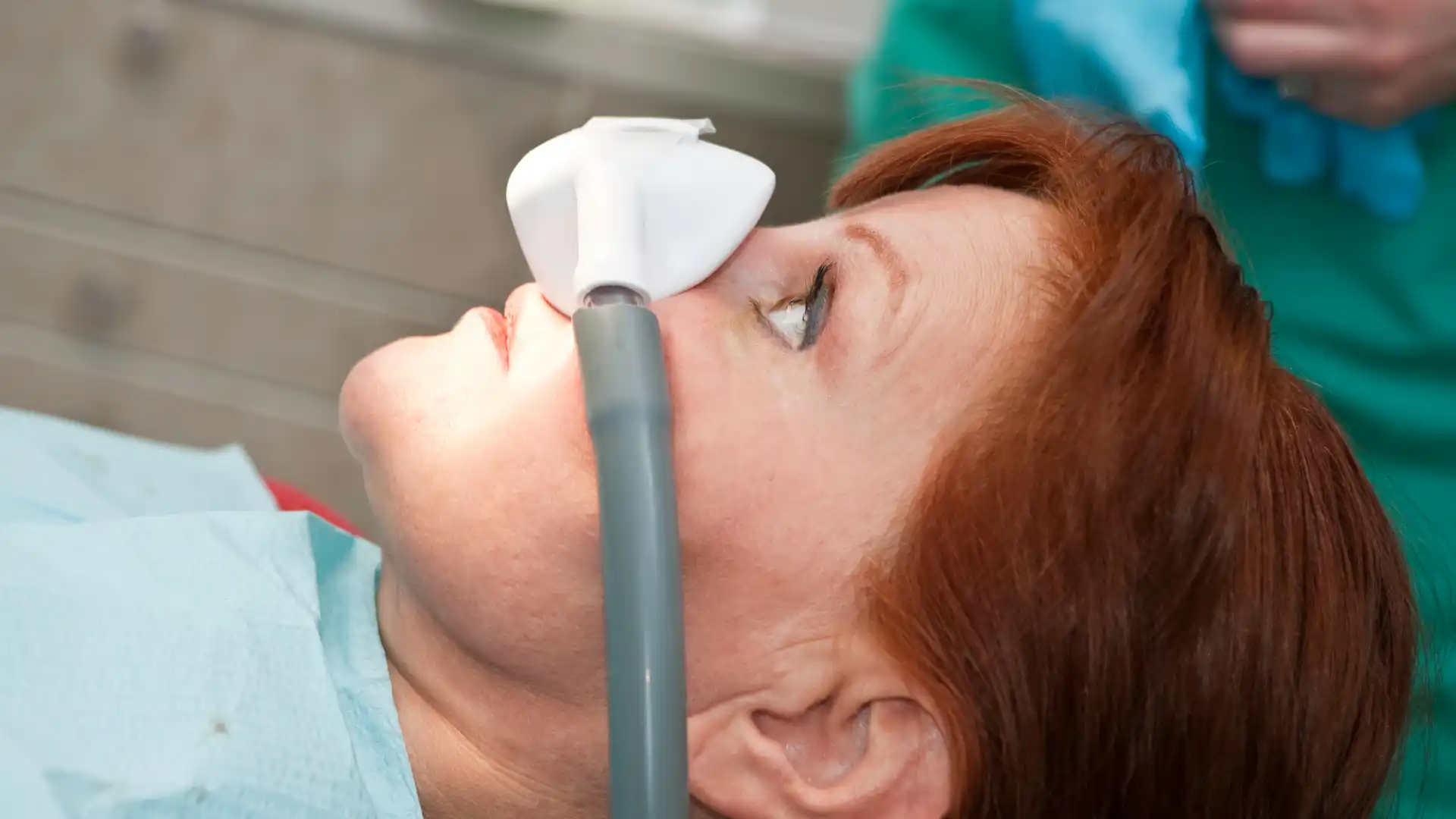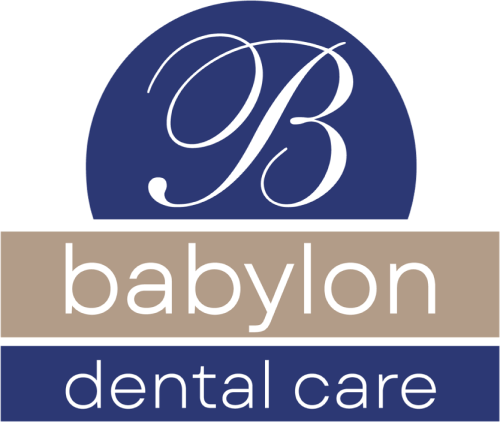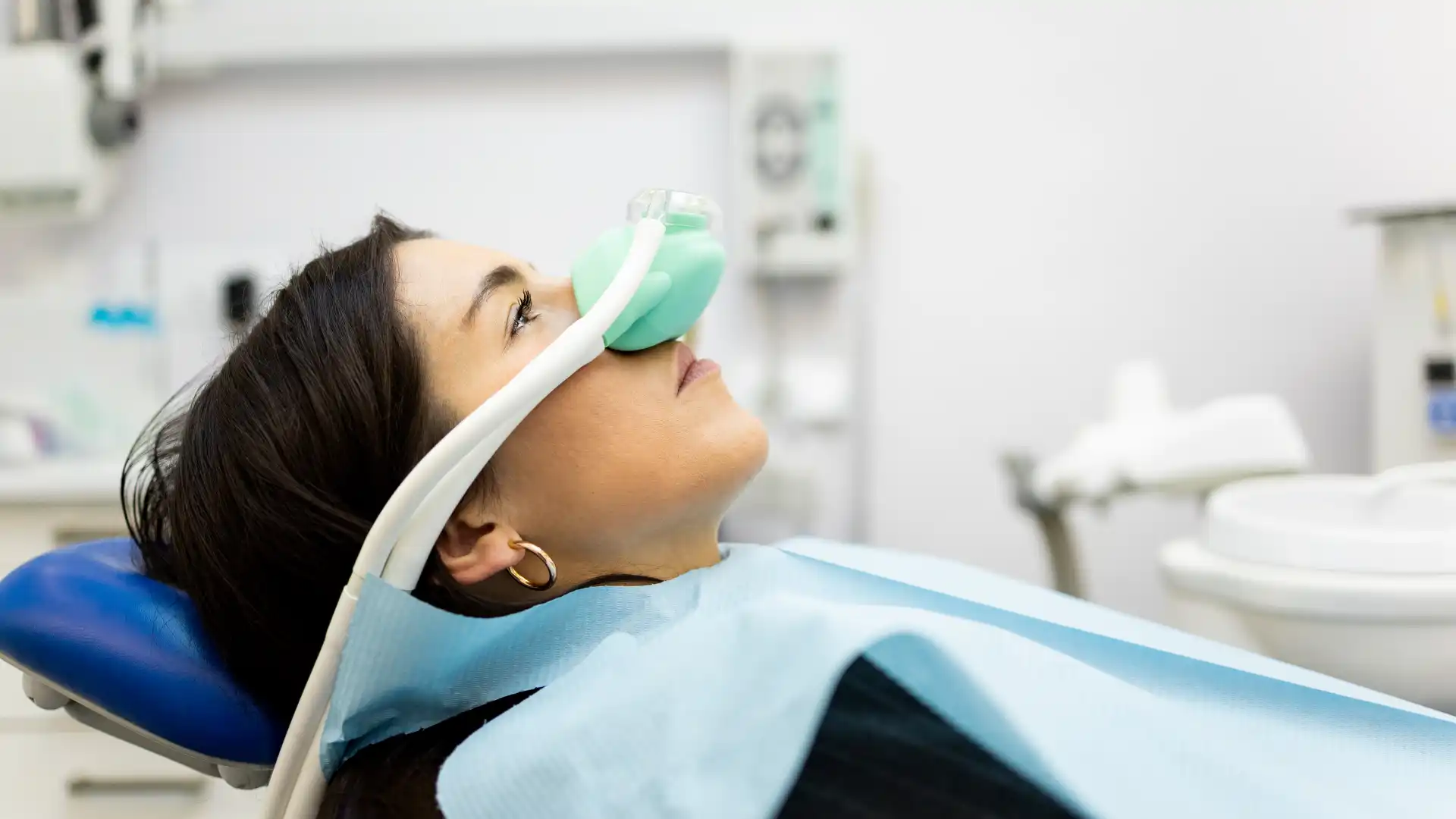
Nitrous oxide, also known as laughing gas, is a sedative used in dental procedures. It eases the patient’s anxiety and discomfort. While it’s highly effective for calming nerves, can you drive after nitrous oxide? The effects of nitrous oxide wear off quickly, but some individuals may still experience mild side effects. Can you drive after nitrous oxide (laughing gas)?
Generally speaking, driving immediately after receiving nitrous oxide is not advisable. Instead, wait at least 15 to 30 minutes and make sure you feel fully alert before driving. Always follow your dentist’s guidance and err on the side of caution to ensure your safety on the road.
Why Might You Need Sedation Dentistry?
Nitrous oxide is used in sedation dentistry, which can be a valuable option for individuals who experience anxiety or fear related to dental visits. Sedation dentistry helps create a calm and relaxed environment that allows patients to receive treatment without distress. It is particularly beneficial for complex procedures requiring extended time in the dentist’s chair, such as root canals or multiple extractions. Additionally, patients with special needs or those requiring extensive dental work can benefit from sedation dentistry because it helps them receive the dental care they need in a safe and comfortable manner.
What Is Nitrous Oxide?
Nitrous oxide is a colorless, non-flammable gas that has a slightly sweet odor and taste. Due to its mild anesthetic and analgesic properties, dentists and other medical professionals have used it in procedures for more than a century. It’s classified as a dissociative anesthetic, which means inhaling nitrous oxide alters perception and mood while reducing anxiety and discomfort. When used properly, it offers a safe and effective way to enhance patient comfort during dental and medical procedures.
What Does Nitrous Oxide Do?
Is nitrous oxide safe? Nitrous oxide works by slowing down the body’s reaction time and reducing anxiety, making patients feel relaxed and slightly euphoric. It affects the central nervous system, blocking pain receptors to reduce pain, and inducing a sense of calmness and well-being. Patients often experience lightheadedness or a tingling sensation, and some may even find the sensation amusing. Hence, the nickname “laughing gas.”
Unlike deeper anesthetics, nitrous oxide allows patients to remain conscious and responsive while experiencing minimal discomfort. Its effects are rapid, usually taking hold within minutes of inhalation, and are considered mild sedation. This makes it ideal for short procedures, such as dental cleanings or fillings, where full sedation isn’t necessary. After the procedure, the body metabolizes the gas very quickly, allowing patients to return to their usual activities without extensive delays or recovery time.
How Does Your Dentist Administer Nitrous Oxide?
The process of giving a patient nitrous oxide is simple and straightforward. The dentist delivers the gas via a small mask placed over your nose. As you breathe normally, the nitrous oxide is mixed with oxygen to ensure a safe and controlled flow. Your dentist will adjust the concentration based on your needs, gradually increasing it until you feel relaxed and comfortable. You’ll feel the effects of nitrous oxide almost immediately. Once the procedure is complete, the dentist will switch off the nitrous oxide and allow you to breathe pure oxygen for a few minutes, which helps clear the gas from your system.
How Long Does Nitrous Oxide Last?
 The effects of nitrous oxide are brief, which makes it an ideal choice for many dental procedures. Typically, the calming and pain-relieving sensations begin within a few minutes of inhalation and last for the duration of the procedure. Once the dentist stops administering the gas, its effects usually wear off within five to 10 minutes. This rapid recovery is because the gas is quickly expelled from the body through breathing.
The effects of nitrous oxide are brief, which makes it an ideal choice for many dental procedures. Typically, the calming and pain-relieving sensations begin within a few minutes of inhalation and last for the duration of the procedure. Once the dentist stops administering the gas, its effects usually wear off within five to 10 minutes. This rapid recovery is because the gas is quickly expelled from the body through breathing.
Unlike other types of dental sedation, nitrous oxide allows patients to resume daily activities shortly after the conclusion of their appointment. However, individual reactions can vary, and some people might experience slight lingering effects like lightheadedness. Can you drive after nitrous oxide (laughing gas)? Don’t drive yourself home after inhaling the gas, as driving after laughing gas inhalation can be dangerous. It’s always wise to allow a brief period of rest and ensure full alertness before resuming any activities requiring focus and coordination.
Contact Babylon Dental Care to Schedule Your Dental Appointment
Can you drive after nitrous oxide (laughing gas)? It’s natural to have some worries and anxiety around receiving dental work, especially if you know the procedure will be complex or time-consuming. Babylon Dental Care offers caring and compassionate dental treatment options that honor our patients’ wishes. Our team acknowledges the dental anxiety they may be experiencing. That’s why our New Babylon sedation dentistry specialists offer our patients nitrous oxide free of charge. To learn more about nitrous oxide and other forms of sedation dentistry, consult with our clinic. To schedule your next dental appointment, contact us online or call (631) 983-6665.
Related Posts:
Is Your Child Afraid of the Dentist? Consider Sedation Dentistry



